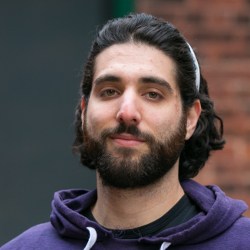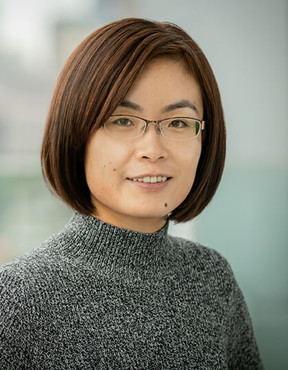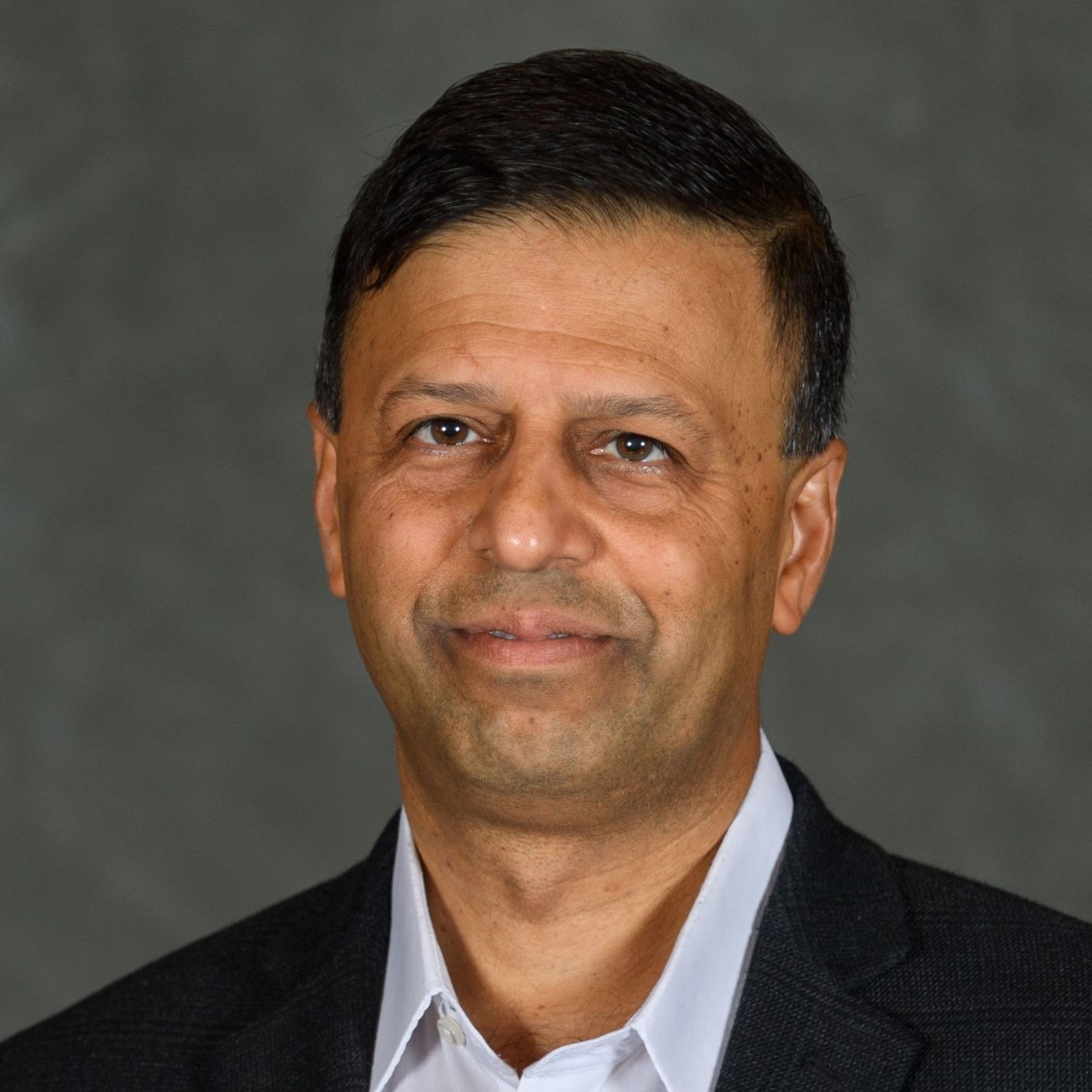Keynote Speakers:
- Ethan Buchman, Interchain Foundation, Switzerland
- Biography:

Ethan is an Internet Biophysicist. He received a B.Sc. in Physical Science and a M.Sc. in Engineering Systems and Computing, both from the University of Guelph. With background in cell biology, neuroscience, mathematics, machine learning, and distributed computing, his goal is to build tools that encourage humans to self-organize into functional systems, much like molecules managed to self-organize into Life.
Ethan is a co-founder of the Tendermint and Cosmos projects, and currently serves as Technical Director of the Interchain Foundation, a non-profit with a mission to research, develop, and promote open, decentralized networks. He is focused primarily on building general purpose technology to support interoperable replicated state machine on the public Internet, and in proving their correctness.
He also runs CoinCulture CryptoConsulting, which offers in-depth courses on blockchain technology for both non-technical and technical audiences.
- Title: Building and Testing Byzantine Fault Tolerant State Machines (slides)
- Abstract:
Building and testing fault tolerant state machines, let alone Byzantine Fault Tolerant (BFT) ones, is notoriously tricky business. The handful of industrial solutions, like Apache Zookeeper, CoreOS's etcd, and Hashicrop's Consul, are not BFT, and their state machines are restricted to relatively simple service-discovery oriented key-value stores. Blockchain solutions, on the other hand, add a myriad of complex state machines, including new virtual machine designs, but fail to provide adequate performance and mature development environments.
Here we present Tendermint, a production-grade Byzantine Fault Tolerant State Machine Replication engine written in Go. Tendermint supports BFT replication for state machines written in any language by using a socket protocol to communicate between the state machine and the replication engine, allowing applications to be built and tested in a developer's language of choice. Tendermint is being used on the public Internet today to secure upwards of 1 Billion USD in value, with deployments supporting hundreds of consensus nodes. Here we provide an overview of the Tendermint system and how to build Byzantine Fault Tolerant applications in Go and Javascript.
- Jing Chen, Algorand, USA
- Biography:

Jing Chen is Chief Scientist and Head of Theory Research at Algorand, and Assistant Professor in the Computer Science Department at Stony Brook University. Her main research interests are distributed ledgers, game theory, and algorithms. Jing received her bachelor and master’s degrees in computer science from Tsinghua University, and her PhD in computer science from MIT. She did a one-year postdoc at the Institute for Advanced Study, Princeton. Jing received the NSF CAREER Award in 2016.
- Title: Algorand: From Theory to Practice (slides)
- Abstract:
Blockchains stand to revolutionize the way a modern society operates. They can secure all kinds of traditional transactions, such as payments, in the exact order in which the transactions occur; and enable totally new transactions, such as cryptocurrencies and smart contracts. They can remove intermediaries and usher in a new paradigm for trust. As currently implemented, however, blockchains scale poorly and cannot achieve their enormous potential. Algorand is the first blockchain that is truly secure, scalable and decentralized. It is permissionless and works in a highly asynchronous environment. It dispenses with “proof of work” and “miners” and requires only a negligible amount of computation. Moreover, its transaction history does not “fork”, guaranteeing immediate finality of a transaction the moment the transaction enters the blockchain. In this talk, I will introduce Algorand’s core technology, recent development and roadmap.
- Idit Keidar, Technion, Israel
- Biography:

Idit Keidar received her B.Sc. (summa cum laude), M.Sc. (summa cum laude), and Ph.D. from the Hebrew University of Jerusalem in 1992, 1994, and 1998, respectively. She was a Postdoctoral Fellow at MIT’s Laboratory for Computer Science. She is currently a Professor at the Technion’s Viterbi Faculty of Electrical Engineering, where she holds the Lord Leonard Wolfson Academic Chair. She serves as the Head of the Technion Rothschild Scholars Program for Excellence, and also heads the EE Faculty’s EMET Excellence Program. Her research interests are in fault-tolerant distributed and concurrent algorithms and systems, theory and practice. Recently, she’s mostly interested in distributed storage and concurrent data structures and transactions.
- Title: Transactional Data Structure Libraries (slides)
- Abstract:
We introduce transactions into libraries of concurrent data structures; such transactions can be used to ensure atomicity of sequences of data structure operations. By focusing on transactional access to a well-defined set of data structure operations, we strike a balance between the ease-of-programming of transactions and the efficiency of custom-tailored data structures. We exemplify this concept by designing and implementing a library supporting transactions on any number of maps, sets (implemented as skiplists), queues, stacks, producer-consumer pools, and logs. Our library offers efficient and scalable transactions, which are an order of magnitude faster than state-of-the-art transactional memory toolkits.
We further introduce nesting into our transactional data structure library. Nested transactions create checkpoints within a longer transaction, so as to limit the scope of abort. We then conduct a case study of pipelined network intrusion detection. In this benchmark, nesting improves throughput by up to 15x. Finally, we discuss cross-library nesting, namely dynamic composition of transactional data structure libraries.
(Based on joint works with Alexander Spiegelman, Gal Assa, Guy Golan-Gueta, and Hagar Meir.)
- Gadi Taubenfeld, Interdisciplinary Center, Israel
- Biography:

Gadi Taubenfeld is a professor and past dean of the School of Computer Science at the Interdisciplinary Center in Herzliya, Israel. He is an established authority in the area of concurrent and distributed computing and has published widely in leading journals and conferences. He authored the books "Synchronization Algorithms and Concurrent Programming" and "Distributed Computing Pearls". His primary research interests are in concurrent and distributed computing. Gadi was the head of the computer science division at Israel's Open University; member of technical staff at AT&T Bell Laboratories; consultant to AT&T Labs - Research; and a research scientist and lecturer at Yale University. Gadi served as the program committee chair of PODC 2013 and DISC 2008 and holds a Ph.D. in Computer Science from the Technion - Israel Institute of Technology.
- Title: Weak Models for Distributed Computing (slides)
- Abstract:
The talk has three parts. In the first part, I will show how to model the process of genome-wide epigenetic modifications, which allows cells to utilize their DNA, as an anonymous shared memory system. This is done by formulating a particular consensus problem and presenting algorithms for solving the problem. In the second part, I will discuss results for anonymous shared memory systems which are composed of shared objects for which there is no a priori agreement between the processes on the names of the objects. In the third part, I will motivate and explore the new notion of weak failures, which should be viewed as fractions of traditional failures.
- Zoltán Turányi, Ericsson, Hungary
- Biography:

Zoltán Richard Turányi is currently an expert of 5G Network Architectures within Ericsson Research. He currently works on a Function-as-a-Service concept built on a fast, distributed, in-memory key-value store. His background is in IP networking and mobile core with recent addition of Software Defined Networking and Network Function Virtualization. He is the author of more than 50 patent applications and works with Ericsson Research for more than 20 years. He holds an M.Sc. in Computer Science from the Technical University of Budapest. He is a scout master for 25 years.
- Title: Approaches to data sharing in Edge FaaS (slides)
- Abstract:
Function-as-a-service systems are stateless by nature - every function starts with no memory of what happened before. Such context is typically placed in an external database, where functions can read and update as side effect. The time to execute functions significantly depends on access time to this database - accessing data in a different location is much slower than locally. It is thus beneficial to co-locate data and execution. This is especially relevant for the Edge scenario, where remote means geographically remote. In this talk we overview some approaches, how such placement can be combined with methods to ensure data consistency among various locations. Our key goals are high performance and ease of use.
- Nitin Vaidya, Georgetown University, USA
- Biography:

Nitin Vaidya is the Robert L. McDevitt, K.S.G., K.C.H.S. and Catherine H. McDevitt L.C.H.S. Chair of Computer Science at Georgetown University. He received Ph.D. from the University of Massachusetts at Amherst. He previously served as a Professor and Associate Head in Electrical and Computer Engineering at the University of Illinois at Urbana-Champaign. He has co-authored papers that received awards at several conferences, including 2015 SSS, 2007 ACM MobiHoc and 1998 ACM MobiCom. He is a fellow of the IEEE. He has served as the Chair of the Steering Committee for the ACM PODC conference, as the Editor-in-Chief for the IEEE Transactions on Mobile Computing, and as the Editor-in-Chief for ACM SIGMOBILE publication MC2R.
- Title: To build, or not to build, that is the question (slides)
- Abstract:
The talk will explore necessity and sufficiency of experimental evaluations, using examples of past projects, and make suggestions for future directions in experimental research in distributed computing.
